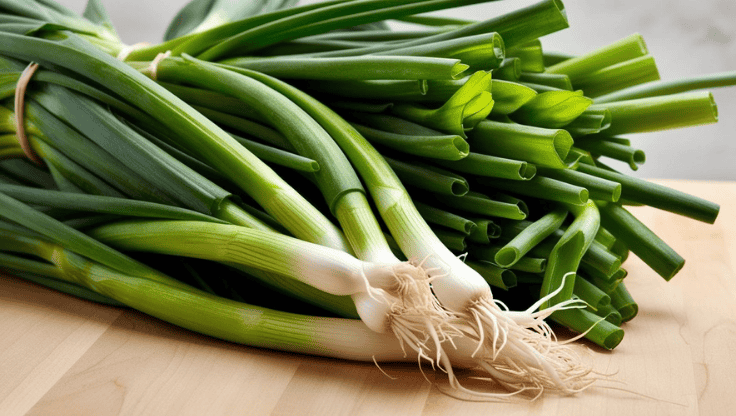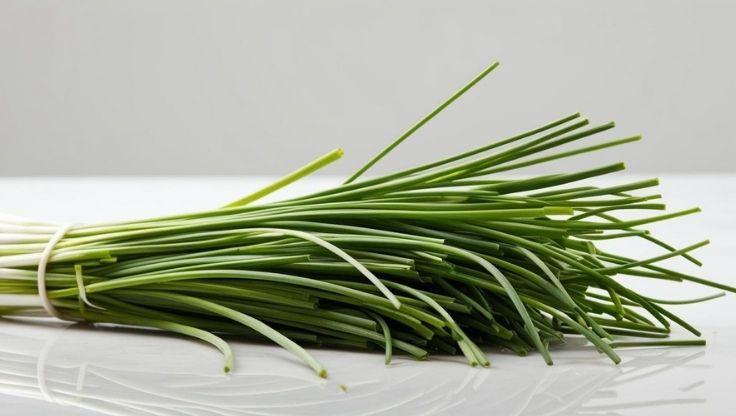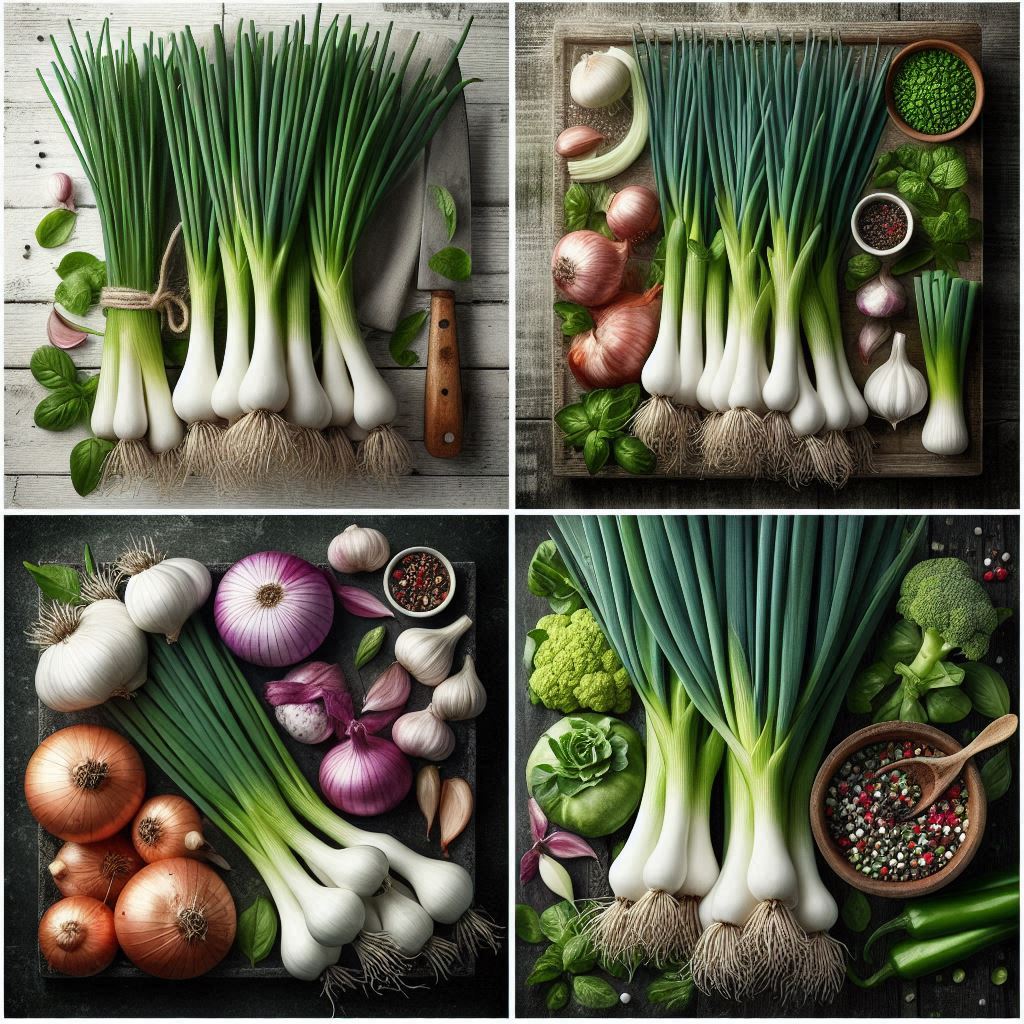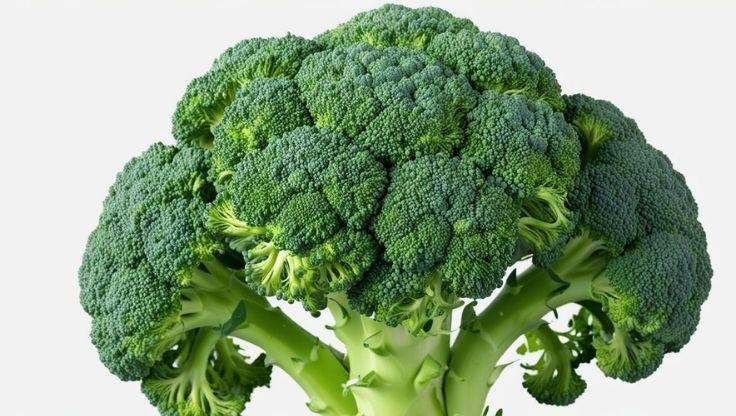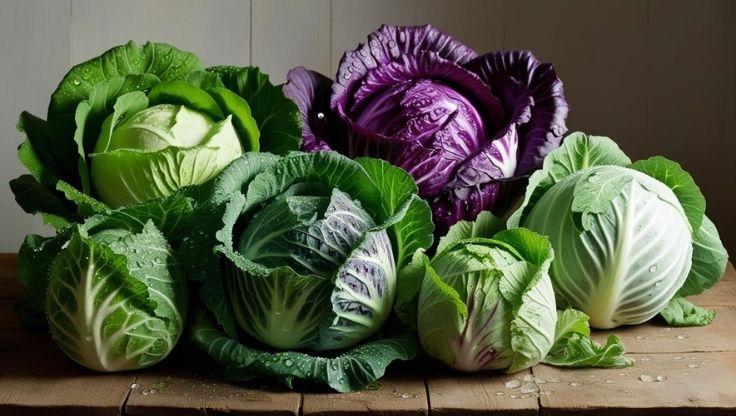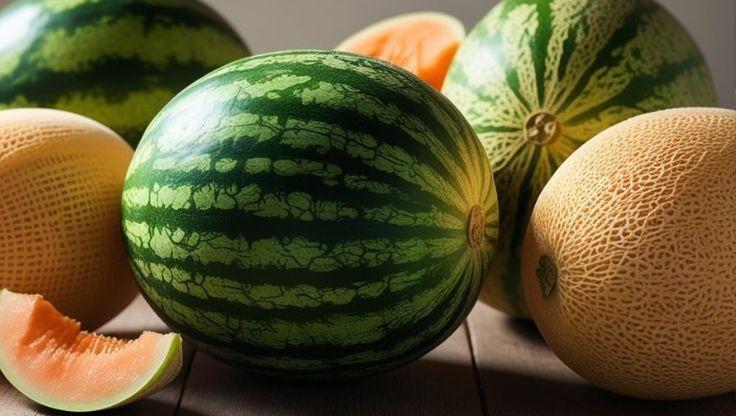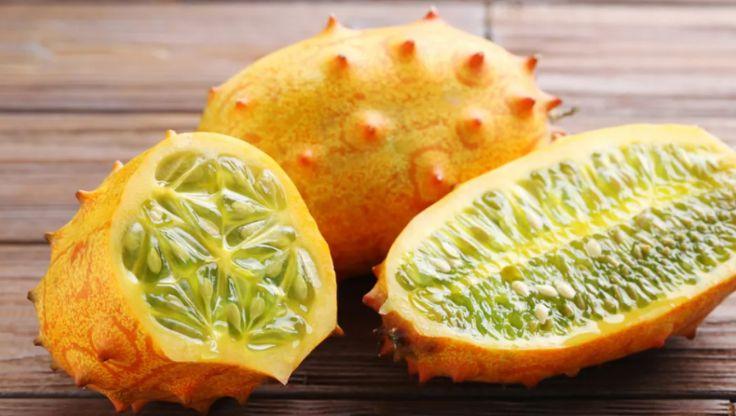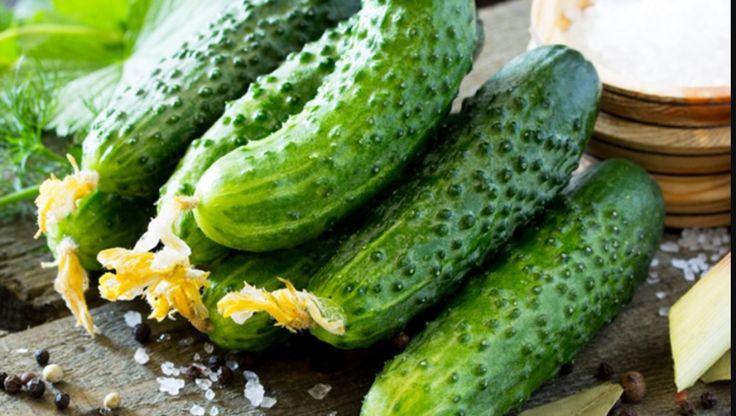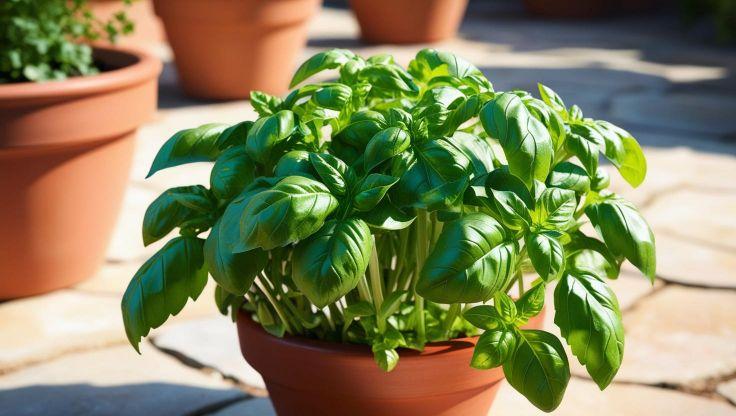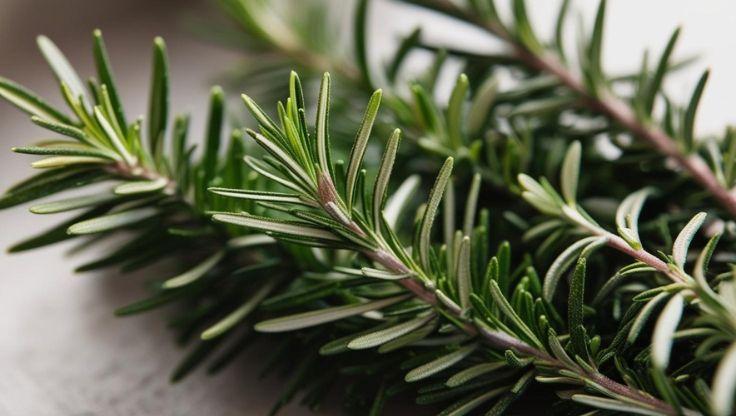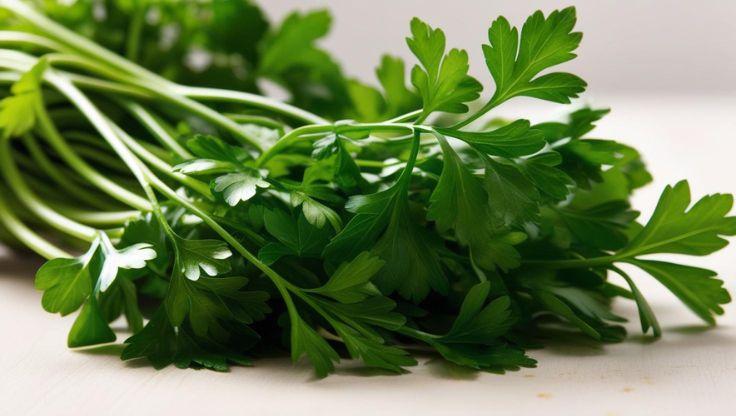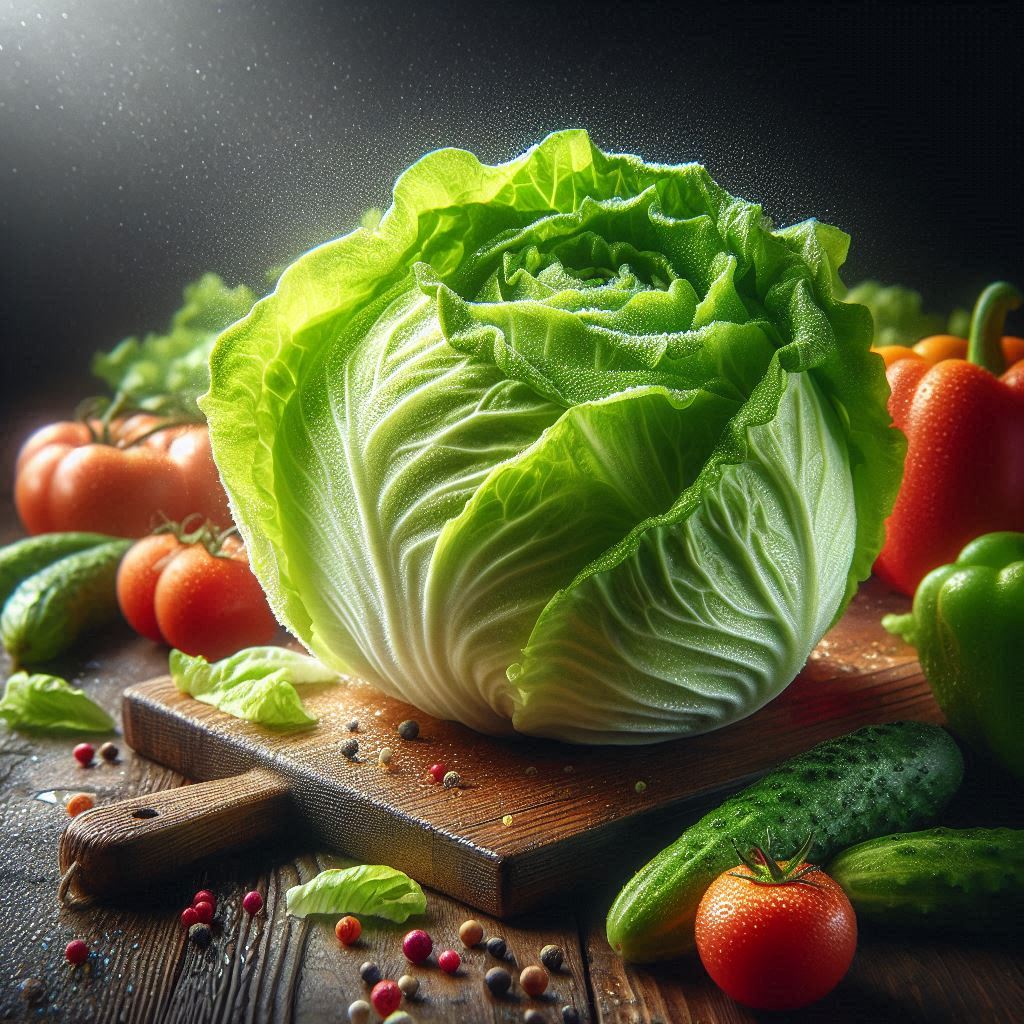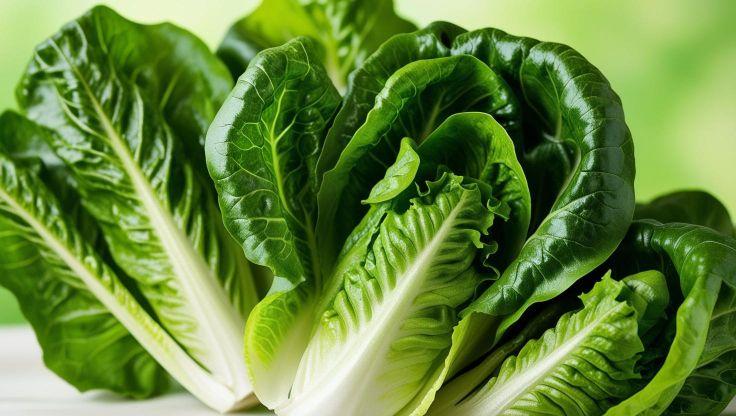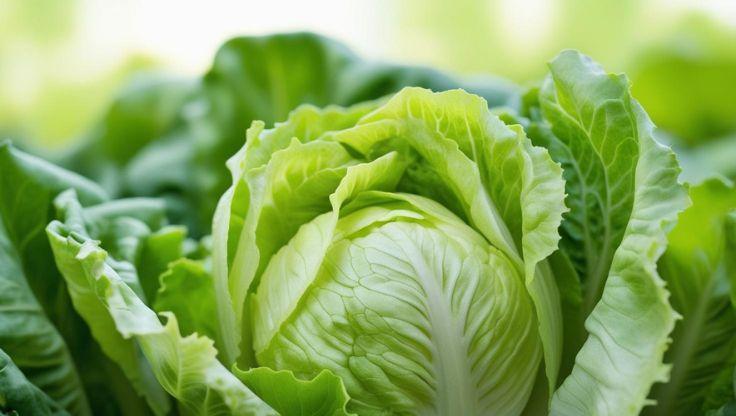Hydroponic Plants: Marigold Flowers and Their Cultivation in Hydroponic Systems
Marigolds (Tagetes spp.) are vibrant, hardy flowers known for their resilience and ornamental appeal. Originating from Mexico and Central America, marigolds have become popular worldwide due to their adaptability and low maintenance. They thrive in hydroponic systems, offering growers a sustainable way to cultivate these hydroponic plants without soil-based constraints. Compared to traditional cultivation, hydroponic marigolds exhibit faster growth rates, reduced pest issues, and enhanced resource efficiency.
Optimal Growing Conditions for Marigolds in Hydroponic Plants
Marigolds (Tagetes spp.) truly distinguish themselves as exceptional Hydroponic Plants, flourishing optimally within carefully regulated environments. These sophisticated systems are designed to ensure efficient nutrient absorption and to provide superior overall growth conditions, facilitating successful year-round cultivation. Meticulous management of crucial environmental parameters is essential for growers aiming to maximize the health, vitality, and yield of their Hydroponic Plants, particularly for ornamentals like marigolds.
Ideal pH and EC Levels for Thriving Hydroponic Plants
Maintaining precise pH and Electrical Conductivity (EC) levels is absolutely fundamental for the success of Hydroponic Plants, including sensitive marigolds. An ideal pH range, typically maintained between 5.8 and 6.5, ensures maximum nutrient element availability and facilitates optimal uptake by the plant roots, thereby effectively preventing common nutrient deficiencies. The EC, which indicates the total concentration of dissolved salts in the nutrient solution, must also be carefully managed.
The optimal EC range, generally between 1.2 and 2.5 mS/cm, should be adjusted based on the marigold's specific growth stage for the best results in Hydroponic Plants. Young seedlings, for instance, thrive on a lower EC to prevent osmotic stress. Conversely, mature, flowering plants benefit significantly from slightly higher EC levels to adequately support robust bloom development and promote intense, vibrant coloration.
Key Environmental Requirements for Marigold Growth
Marigolds cultivated in Hydroponic Plants systems flourish under consistent daily illumination of 12 to 16 hours, typically provided by LED or fluorescent lights. This extensive light exposure is critical for developing strong stem structures and producing abundant, vibrant blooms. An optimal ambient temperature range between 18°C and 24°C ensures steady, stress-free physiological development for these sensitive Hydroponic Plants. Furthermore, diligently maintaining relative humidity levels between 50-70% is crucial for preventing fungal diseases such as powdery mildew.
These Hydroponic Plants also derive immense benefits from environments engineered to minimize pest infestations and associated disease risks. Regular, consistent monitoring of nutrient solution parameters, coupled with adequate internal airflow and the use of pristine water quality, collectively ensures the production of high-quality flowers and consistently reliable yields. Optimizing these environmental factors allows growers to effectively maximize both the inherent aesthetic appeal and the overall agricultural productivity of their marigold cultivation efforts.

Selecting the Ideal Hydroponic System for Marigolds
Choosing the most appropriate and efficient setup is a critical decision for successfully cultivating marigolds as Hydroponic Plants. The right system will actively promote optimal flower development from an early stage. It also ensures the establishment of strong root support and encourages consistent, vibrant, and prolonged blooming, vital for these ornamental Hydroponic Plants.
Several popular and well-established hydroponic methods cater effectively to the specific needs of these versatile flowering Hydroponic Plants. Each system presents unique advantages.
Deep Water Culture (DWC) for Marigolds
Deep Water Culture (DWC) stands out as an excellent and often recommended choice for growing many types of Hydroponic Plants, including marigolds. In a typical DWC setup, the plant roots are continuously submerged in a highly oxygenated, nutrient-rich solution. This constant immersion ensures uninterrupted hydration and immediate access to essential nutrients. This system demonstrably fosters rapid root growth, leading to the development of robust stems and facilitating prolific, high-quality flowering, making it ideal for many Hydroponic Plants that prefer consistent moisture.
The continuous and vigorous supply of oxygen to the root zone, often facilitated by air stones connected to an air pump, is a vital component in DWC. This prevents conditions like root rot and ensures that roots can efficiently absorb available nutrients. This method is relatively straightforward to implement. This accessibility makes DWC a popular option for both amateur hobbyists and larger-scale commercial growers of various Hydroponic Plants.
Nutrient Film Technique (NFT) for Compact Varieties
The Nutrient Film Technique (NFT) offers another highly effective and water-efficient solution for cultivating marigolds, especially well-suited for Hydroponic Plants with compact growth habits. In NFT systems, a shallow, continuously flowing film of nutrient solution passes directly over the plant roots. This technique provides consistent hydration and delivers essential minerals directly to the absorption sites. It proves particularly beneficial for compact marigold varieties by ensuring efficient nutrient uptake and critically preventing issues related to root waterlogging.
NFT systems are renowned for their water efficiency and are exceptionally well-suited for smaller Hydroponic Plants or those possessing less extensive root systems. The gentle, constant flow of the nutrient solution ensures that the roots receive an adequate supply of oxygen. However, careful and regular monitoring of flow rates and nutrient solution concentration is essential to achieve optimal results when growing these types of Hydroponic Plants.
Ebb and Flow (Flood and Drain) Systems for Versatility
The Ebb and Flow system, also commonly known as Flood and Drain, provides growers with notable versatility and a degree of automation for their Hydroponic Plants. This method operates by periodically flooding the growing medium with the nutrient-rich solution, which then completely drains away. This cyclic action allows the plant roots to absorb oxygen efficiently during the drain periods. Marigolds generally thrive in this system due to the carefully controlled moisture levels, which significantly reduce the risk of overwatering and associated root problems.
Ultimately, the thoughtful selection of the best hydroponic system empowers growers to cultivate healthy, vibrant marigold flowers consistently. This considered choice not only maximizes operational efficiency but also minimizes potential environmental impact, an increasingly crucial aspect of sustainable Hydroponic Plants cultivation. Each system, whether DWC, NFT, or Ebb and Flow, offers distinct advantages that can be matched to different scales of operation and specific marigold varieties.
Mastering Nutrient Solutions and Water Management for Hydroponic Marigolds
Hydroponic Plants, and marigolds are no exception, absolutely demand a precisely balanced nutrient solution to achieve their full growth potential. A meticulously formulated mixture of essential macronutrients—nitrogen (N), phosphorus (P), and potassium (K)—is critically important. This careful balance supports the distinct requirements of various growth phases, ensuring the development of robust root systems, lush green foliage, and an abundance of vibrant blooms in all varieties of Hydroponic Plants.
Furthermore, the provision of consistently oxygen-rich water is a non-negotiable requirement in any successful Hydroponic Plants setup. Adequate oxygenation of the nutrient solution is essential to prevent root decay, a common and detrimental issue in many soilless culture environments. It also significantly maximizes the overall efficiency of nutrient absorption by the plant roots, directly contributing to improved plant vigor, resilience, and overall health.

Tailoring Nutrient Ratios for Marigold Growth Stages
The development of marigolds within Hydroponic Plants systems can be significantly optimized by precisely tailoring the NPK (nitrogen, phosphorus, potassium) ratio to each distinct growth stage. This level of precision ensures that the plants receive the ideal balance of nutrients at the right time. Specific formulations are designed to cater to the unique demands of the seedling, vegetative, and flowering phases, thereby promoting targeted growth characteristics at each critical developmental point for these Hydroponic Plants.
Seedling Stage Nutrition
During the crucial seedling stage, an NPK ratio around 3:1:2, which is notably rich in nitrogen, proves highly beneficial for young marigolds. This specific formulation actively encourages vigorous early leaf development. It also plays a vital role in the establishment of a strong, healthy root system, which forms the essential foundation for thriving Hydroponic Plants.
Vegetative Stage Nutrition
For the vegetative growth stage, a more balanced nutrient mix, such as an NPK ratio of approximately 5:2:4, effectively supports steady and vigorous development. This carefully calibrated balance ensures the formation of sturdy, resilient stems. It also promotes the growth of lush, healthy foliage, thoroughly preparing the Hydroponic Plants for a subsequent phase of abundant and vibrant flowering.
Flowering Stage Nutrition
Finally, as the marigolds enter the flowering stage, an NPK ratio in the vicinity of 4:5:6 is generally considered ideal for maximizing bloom production. The increased levels of phosphorus and potassium in this formulation significantly enhance the intensity and quality of the blooms. This typically results in larger, more numerous, and more vibrantly colored flowers, which is the ultimate aesthetic goal for many individuals growing marigolds in Hydroponic Plants systems.
The Role of Essential Micronutrients in Hydroponic Systems
Beyond the primary macronutrients, Hydroponic Plants such as marigolds also rely heavily on a consistent supply of key micronutrients for their well-being. These essential trace elements, though required in much smaller quantities than NPK, are absolutely vital for maintaining optimal plant health. They also contribute significantly to achieving superior flower quality, enhanced coloration, and overall plant vigor, playing critical roles in various metabolic processes.
Calcium and Magnesium Benefits
Calcium (Ca) and magnesium (Mg) are crucial micronutrients for strengthening the physical structure of flowers and enhancing stem integrity in marigolds. This increased structural support significantly reduces the plants' susceptibility to physical damage or breakage, especially important for varieties that produce larger, heavier blooms. These elements are integral for robust Hydroponic Plants.
Iron and Zinc for Vitality
Iron (Fe) and zinc (Zn) play a pivotal catalytic role in enhancing chlorophyll production within the plant leaves. This, in turn, leads to improved leaf pigmentation, resulting in a richer green color, and generally boosts overall plant vitality and photosynthetic efficiency. These micronutrients are indispensable for the health and appearance of marigolds grown as Hydroponic Plants.
Manganese and Copper Functions
Manganese (Mn) and copper (Cu) are essential micronutrients that actively support a wide array of enzymatic functions within the plant. These enzymes are critical catalysts for numerous biochemical reactions, including those central to photosynthesis and efficient nutrient metabolism. Their consistent availability ensures that the complex physiological processes within Hydroponic Plants operate smoothly and effectively.
Critical Water Management Practices for Hydroponic Success
Effective and consistent water management practices are absolutely fundamental for the successful and productive cultivation of marigolds within any Hydroponic Plants system. Several key water quality parameters require diligent and regular attention from the grower. These critical factors include maintaining the correct pH balance, consistently monitoring electrical conductivity (EC), and ensuring sufficient levels of dissolved oxygen in the water to promote healthy root development and function.
Maintaining pH Balance
Maintaining a stable pH level for the nutrient solution, ideally kept within the range of 5.8 to 6.5, is of paramount importance. This specific pH range ensures optimal solubility of all essential nutrient elements within the solution. Consequently, this careful pH management allows for the most efficient absorption of these vital elements by the roots of the Hydroponic Plants.
Monitoring Electrical Conductivity (EC)
Regular and accurate monitoring of Electrical Conductivity (EC) levels is essential for good management of Hydroponic Plants. For marigolds, this is typically maintained between 1.2 to 2.5 mS/cm. This diligent practice helps to prevent common nutrient deficiencies that can stunt growth. It also crucially avoids potential toxicities that can arise from an overly concentrated nutrient solution in Hydroponic Plants setups.
Ensuring Aeration and Oxygenation
Ensuring adequate aeration and consequently high levels of oxygenation in the water is a critical aspect of hydroponic cultivation. Maintaining dissolved oxygen (DO) levels at 5–7 parts per million (ppm) effectively prevents root suffocation, a common problem in poorly managed systems. This robust oxygen supply also significantly enhances the efficiency of nutrient uptake by the roots, which is critical for the vigorous growth of thriving Hydroponic Plants.
Step-by-Step Cultivation of Marigolds in Hydroponic Plants
Hydroponic Plants, with marigolds being a prime example, flourish exceptionally well when their nutrient delivery and overall water management are meticulously optimized within precisely controlled environments. Adhering to proper seed spacing, typically recommending one seed per designated hole or site in hydroponic trays, is crucial to prevent overcrowding as seedlings develop. This careful practice, combined with effective and gentle transplanting techniques, ensures the development of robust root systems and ultimately maximizes the potential yield for these types of Hydroponic Plants.
Marigolds that are cultivated using hydroponic methods generally reach full maturity and are ready for harvest or display within a period of 8 to 12 weeks following their transplantation into the main system. It is important to note that this general timeframe can vary based on the specific environmental conditions maintained, the particular marigold variety chosen for cultivation, and the consistency of nutrient availability. Careful and attentive management throughout their entire lifecycle is absolutely key for achieving timely and abundant blooming of these popular Hydroponic Plants.
Key Growth Conditions from Seed to Bloom
Optimizing all growth conditions from the very earliest stages of development is absolutely crucial for the success of Hydroponic Plants. This comprehensive approach includes maintaining specific environmental parameters conducive to efficient seed germination. Factors such as ambient temperature, relative humidity, and appropriate light exposure all play vital and interconnected roles in the early developmental stages of marigolds, effectively setting the stage for the growth of healthy, mature, and productive Hydroponic Plants.
Seed Germination Period and Process
Marigold seeds are known to germinate quite rapidly, typically sprouting within a period of 5 to 7 days, provided that optimal environmental conditions are consistently met. Key factors for successful germination include maintaining consistent moisture levels around the seeds and providing adequate warmth. This characteristically quick start is one of the notable advantages associated with controlled environment cultivation techniques used for many Hydroponic Plants.
Ideal Temperature and Humidity for Early Growth
Maintaining a consistent ambient temperature range, ideally between 18–24°C (65–75°F), is essential for the healthy development of young marigold seedlings. Alongside this optimal temperature, ensuring that relative humidity levels are maintained between 60–70% provides robust support for vigorous early growth. These carefully managed conditions effectively prevent the desiccation of delicate young seedlings in Hydroponic Plants systems.
Light Requirements for Photosynthesis and Development
Young marigold Hydroponic Plants have a significant requirement for ample light, typically needing around 16 hours of quality artificial light on a daily basis. This extensive and consistent light period substantially enhances the rate of photosynthesis. It also demonstrably accelerates the overall development of the plants, leading to quicker maturation and earlier, more prolific flowering of these valuable Hydroponic Plants.
Adapting Marigold Varieties to Hydroponic Systems
It is important for growers to recognize that not all marigold varieties will respond identically when cultivated in Hydroponic Plants environments. Different types, such as the commonly grown French and African marigolds, exhibit quite distinct growth habits and sizes. Therefore, their specific individual needs for root space, nutrient profiles, and overall system compatibility must be carefully considered to ensure successful and productive cultivation within various Hydroponic Plants setups.
French Marigolds in Hydroponics
French Marigolds (Tagetes patula) are generally characterized as compact plants, well-known for their dense, bushy growth habit. They demonstrate excellent adaptability to many Hydroponic Plants systems, including popular choices like NFT or DWC. Their relatively smaller stature and manageable root systems make them particularly suitable for these efficient, often space-saving, cultivation methods favored for many Hydroponic Plants.
African Marigolds in Hydroponics
African Marigolds (Tagetes erecta), in stark contrast to their French counterparts, are typically taller plants recognized for producing large, often very impressive blooms. These more vigorous varieties inherently require more substantial root space and consistently excellent aeration within the chosen Hydroponic Plants system. Ensuring these specific conditions are met will effectively support their robust growth and allow for optimal, high-quality flower development.
Exploring the Diverse Uses and Benefits of Hydroponically Grown Marigolds
Marigold flowers, particularly when they are cultivated within the pristine and controlled conditions offered by modern Hydroponic Plants systems, provide a multitude of benefits that extend far beyond their widely appreciated ornamental beauty. Their practical applications are found in various culinary arts, and they hold a significant place in traditional and contemporary medicine. Furthermore, the very method of growing these Hydroponic Plants sustainably presents considerable advantages over more conventional agricultural practices.
Marigolds in the Kitchen: Culinary Delights
In diverse culinary applications, fresh marigold flowers and their individual petals are increasingly popular as vibrant and flavorful additions to salads, herbal teas, and a variety of desserts. They are known to lend not only unique and appealing color but also a subtle, often tangy or citrus-like flavor profile to dishes. Certain specific varieties, most notably Calendula officinalis (often referred to as pot marigold), can serve as a cost-effective substitute for saffron, imparting a rich golden hue to foods. Growing these as clean Hydroponic Plants ensures high-quality, residue-free ingredients.
Beyond their use in fresh form, marigold-infused oils and vinegars are utilized to elevate the flavor profiles of dressings and marinades, adding their distinct aromatic essence. Additionally, candied marigold petals can be used to create elegant and visually appealing garnishes for a wide range of baked goods, pastries, and various confections. The remarkable culinary versatility of these carefully cultivated Hydroponic Plants makes them a favored ingredient for innovative chefs seeking novel flavors and presentations.
Traditional and Modern Medicinal Uses of Marigolds
Marigolds are naturally rich in a variety of potent antioxidants and other beneficial bioactive compounds, which contribute significantly to their recognized medicinal value. Extracts derived from Calendula officinalis, for example, are widely incorporated into topical ointments and creams specifically formulated to promote effective wound healing and to help reduce inflammation. The efficacy of these preparations is well-documented and forms a cornerstone of traditional herbal medicine practices across numerous diverse cultures worldwide.
Notably, as confirmed by extensive phytochemical studies, marigolds boast a remarkably high natural content of lutein, an important carotenoid that is crucial for supporting and maintaining good eye health. Lutein is also believed to help in reducing the effects of digital eye strain from prolonged screen use. Furthermore, tea brewed from marigold petals is often consumed as a traditional remedy to soothe various forms of digestive discomfort, potentially alleviating symptoms associated with conditions like colitis and gastritis. Producing these medicinal Hydroponic Plants ensures purity.
The Environmental Edge of Hydroponic Marigold Cultivation
The practice of cultivating marigolds utilizing advanced Hydroponic Plants techniques offers a range of substantial and well-documented environmental advantages over older methods. These modern systems can achieve water usage reductions of up to 90% compared to traditional soil-based farming, a critically important benefit, particularly in arid or water-scarce regions, as frequently highlighted by agricultural research institutions. This remarkable water efficiency positions Hydroponic Plants as a key component of future sustainable agriculture initiatives.
By completely eliminating the need for soil, Hydroponic Plants setups inherently reduce or even negate the dependence on chemical pesticides and herbicides, resulting in cleaner, safer produce for consumers. This soilless cultivation method also effectively minimizes land degradation, soil erosion, and nutrient runoff issues commonly associated with conventional farming practices. Furthermore, the controlled environments typical of these systems ensure more consistent yields and significantly reduce agricultural waste, thereby bolstering overall sustainable farming practices for all types of Hydroponic Plants.
Overcoming Challenges in Hydroponic Marigold Cultivation
While the endeavor of growing marigolds as Hydroponic Plants presents numerous significant benefits and efficiencies, it is also important to acknowledge that this method can introduce unique challenges when compared directly to traditional soil-based cultivation methods. Developing a thorough understanding of these potential issues is the critical first step toward effective mitigation. Proactive management strategies and precisely targeted solutions can ensure a successful, healthy, and bountiful harvest from your valuable Hydroponic Plants.
Identifying Common Cultivation Issues for Hydroponic Plants
Powdery mildew stands out as a prevalent and often troublesome fungal issue that can affect many types of Hydroponic Plants, including susceptible marigolds, particularly when they are grown in environments with overly high humidity levels. Insufficient air circulation, when combined with excess ambient moisture, creates nearly ideal conditions for this pathogen to thrive and spread rapidly. This fungal infection can lead to visibly weakened plant health, significantly reduced flowering, and a general decline in overall plant vigor if not promptly and effectively addressed.
Nutrient deficiency represents another significant and common challenge that growers may encounter when cultivating Hydroponic Plants. Imbalances in the nutrient solution, particularly concerning the essential macronutrients such as nitrogen, phosphorus, and potassium, can occur if not carefully managed. Without maintaining the correct and consistent nutrient balance, marigolds may exhibit undesirable symptoms such as stunted growth, the development of weak or brittle stems, and the production of fewer, less vibrant, or malformed blooms, thereby impacting the quality of these Hydroponic Plants.
Proactive Solutions for Healthy Hydroponic Marigold Growth
To effectively combat and control powdery mildew infections in Hydroponic Plants, growers must prioritize strategies aimed at significantly improving air circulation, often achieved by using oscillating fans or enhancing existing ventilation systems. Diligently maintaining relative humidity levels below the 70% threshold can substantially curtail the development and spread of mold spores. Additionally, preventative applications of approved organic fungicides, such as those containing neem oil, can offer an important additional layer of protection for your marigold crop.
Addressing and correcting nutrient deficiencies in Hydroponic Plants necessitates careful and precise adjustment of the nutrient solution concentrations. Utilizing a well-balanced, complete nutrient formula, and consistently maintaining an EC level between 1.2 and 2.5 mS/cm, alongside a stable pH typically between 5.8 and 6.5, is absolutely vital for success. Regular, vigilant monitoring of these parameters, coupled with timely supplementation of essential micronutrients as needed, will further support robust, healthy, and productive plant development in these specialized Hydroponic Plants systems.
|
Institution |
Article Title |
Article Link |
|---|---|---|
|
International Journal of Current Microbiology and Applied Sciences |
Quality Blooming of Marigold in Hydroponics |


